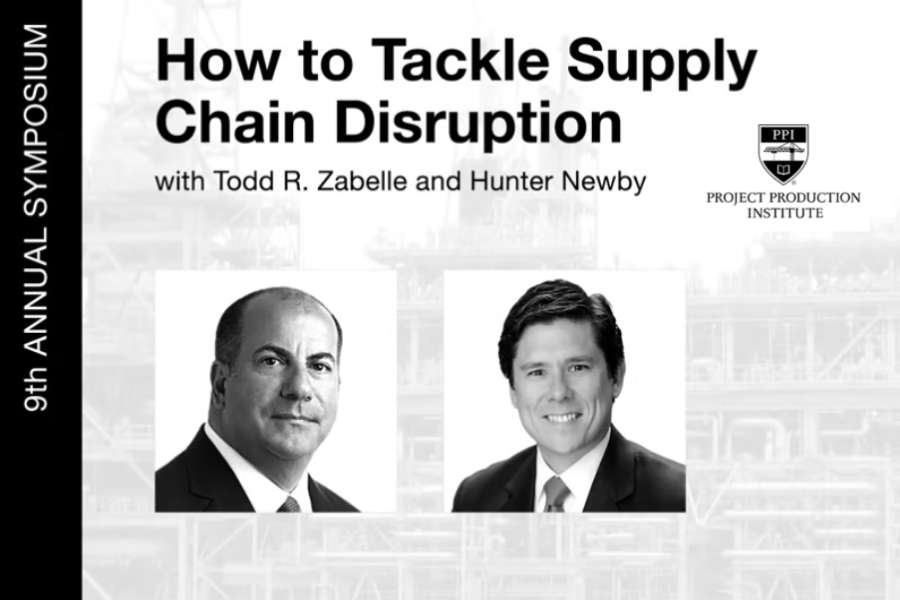A Model for Access – Axcess Ontario
March 1, 2011
Source: Internet Telephony Magazine
This article originally appeared in the March 2011 issue of INTERNET TELEPHONY.
All around the United States there are many examples large and small of states, counties, cities and communities that are building dark fiber infrastructure to support network and ultimately application demand. They are often open access systems that encourage network service providers and carriers of all kinds to come and light the fiber. This model creates an even playing field through competitive pricing, terms and product offerings through control of the underlying physical fiber and interconnection process.
Collectively these open systems form a fragmented picture of similar, yet disparate pieces that all seek uniformity. In as much as they gain benefits from creating their own local system they need and would benefit more from cross connecting their respective systems. The entire process is a journey, and each piece needs to be seen and understood for what and where it is. It is essentially the re-creation of the public Internet, but at the physical layer.
Many of the builders and operators of these projects in the United States are not even aware of each other. This is both good and bad. It is bad because they could all benefit from the economies of scale that are derived from co-builds, best practices, bulk buying, etc. It is good though in the sense that it shows that many people out there know what needs to be done and are just going out and doing it. Go!
Soon there will be a clear picture of how these disparate systems can plot a course for interconnection with each other to form that cohesive system that is required, like the interstate highway system that makes A to Z transport a reality between just about every meaningful point in the United States. Between now and then there is a lot of work to do, and opportunity is abound.
One such local project is Axcess Ontario. Located in upstate New York sits Ontario County with a total population of just over 100,000 people (as of 2000) and a total area of 662 square miles. The Axcess Ontario project has been ongoing for several years now, and the project just recently completed its $5.5 million, 200 mile fiber ring around the county.
From the recent announcement:
To date, Axcess Ontario has signed master agreements with eight telecom and broadband companies, including Verizon Wireless (News - Alert) and national broadband provider tw telecom. Axcess Ontario is in continual discussions with other service providers, and is working aggressively on its next goal of luring a fiber-to-the-home (FTTH) service provider to Ontario County. With the fiber ring complete, businesses and municipalities now have access to faster and less expensive broadband, as well as bandwidth equal to global broadband leaders. Businesses can gain access to the ring simply by contacting any of the eight service providers that work with Axcess Ontario.
There are several interesting aspects of this build including:
- The project managers realized they did not have to build and therefore finance the FTTH immediately. This staged approach is a good example for others to follow that might have difficulties financing their build.
- The open access philosophy isn't limited to just offering the dark fiber and access to all service providers that wish it, but also to promote the services of those that have taken the dark fiber to anyone seeking the lit services that the dark fiber provider does not provide.
- As for revenue, Axcess Ontario already has executed agreements with service providers.
This proves that demand exists for new dark fiber from multiple network operators in areas where it did not exist previously. Where there is cash flow, project financing can be structured.
When it came to structuring the plan for Axcess Ontario, it engaged ECC Technologies, a technology consulting group that seems to have the blueprint and playbook for getting projects like this one financed and built. There are 3,143 counties in the United States with an average population of 100,000. Logic dictates that the others could follow this same plan and achieve similar success. As and when they do, the needs of the people and machines in the counties, states and country will ultimately be met. All they must do is follow the plan and build out, through and to complete interconnection.
Hunter Newby (News - Alert), CEO Allied Fiber writes the Infrastructure Peering column for TMCnet To read more of Hunter's articles, please visit his columnist page.
Edited by Stefania Viscusi




